Energy has different forms and types and is being created distinctively. We should all be aware of the sources of our energy and how it affects the environment as regular energy users. Thankfully, we now have the ability to not only determine the source of our energy but, in many situations, to choose that source as well.
The definition of green energy will come first, after which we’ll look at its advantages and much more.
What is meant by “green energy”?
Energy derived from renewable resources is referred to as “green energy.” Clean, sustainable, and renewable energy are other names for green energy. Green energy generation has minimal to no environmental impact because hazardous greenhouse gases are not released into the atmosphere.
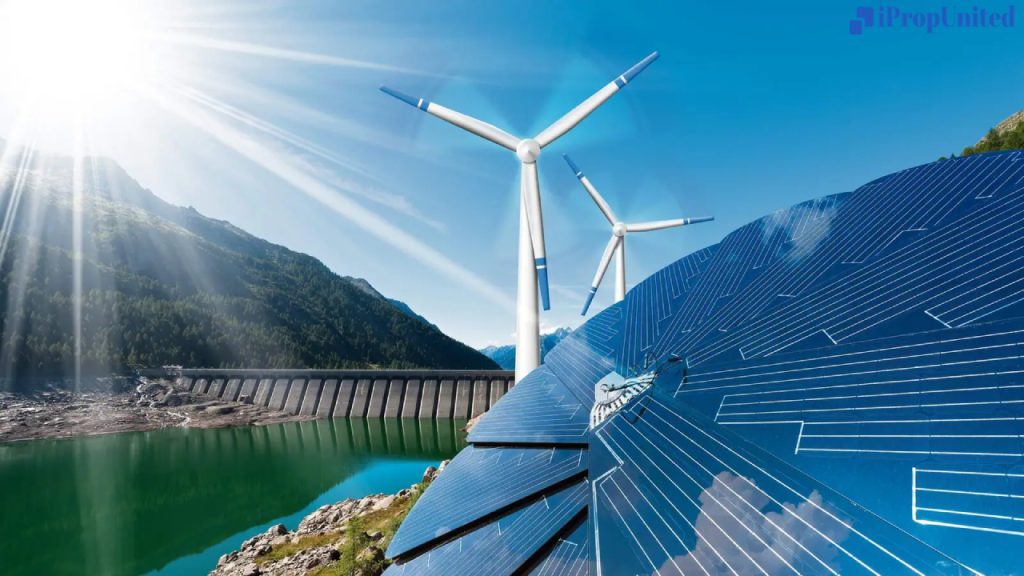
What makes it green energy?
Since it is made from resources that the Earth provides naturally, green energy received its name. It makes reasonable that renewable energy would be connected to the hue that embodies nature given that green is frequently associated with health, sustainability, and nature.
How green energy is produced and how it works?
Green energy is created through natural resources like water, air, and sunlight, which is further converted into electricity.
How does green energy operate and what is it?
The energy we convert into electricity originates from renewable sources such as water, wind, and sun.
Let’s explore each green energy technology more closely and see how it works:
Solar power: Silicone sheets with energy-absorbing cells are used in solar panels to turn sunlight into electricity. Solar energy is a resource that is relatively easy to get, and it can be used commercially or individually by placing solar panels on buildings.
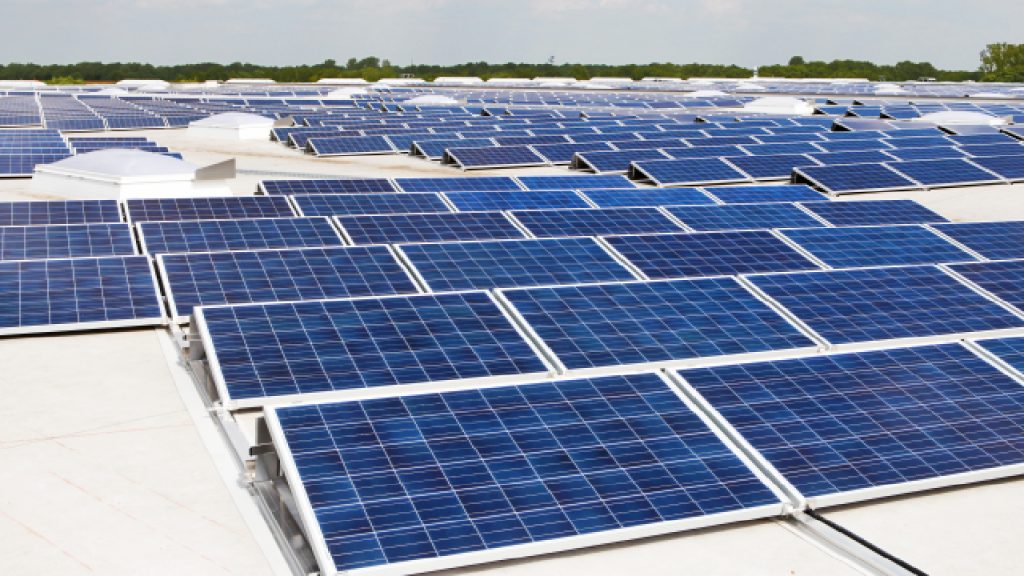
Wind power: We produce electricity using the kinetic energy that wind turbines produce. Wind energy is one of the most environmentally friendly alternatives because it doesn’t require a lot of labor.

Hydropower: Hydropower facilities use the currents in rivers and streams to generate kinetic energy. This is accomplished by using a turbine that is incorporated into a dam.
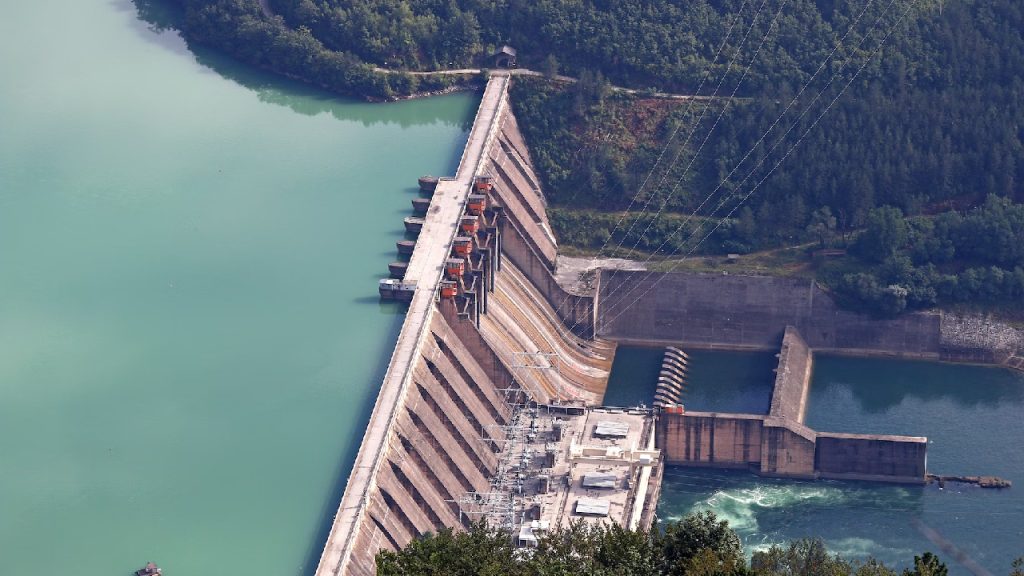
Biomass: Waste from urban, rural, and industrial areas can be used to produce energy. Burning wood and crops planted especially for this purpose can be used to produce biomass. It is common to ferment maize, wheat, sugar beetroot, and sugar cane to create bioethanol.
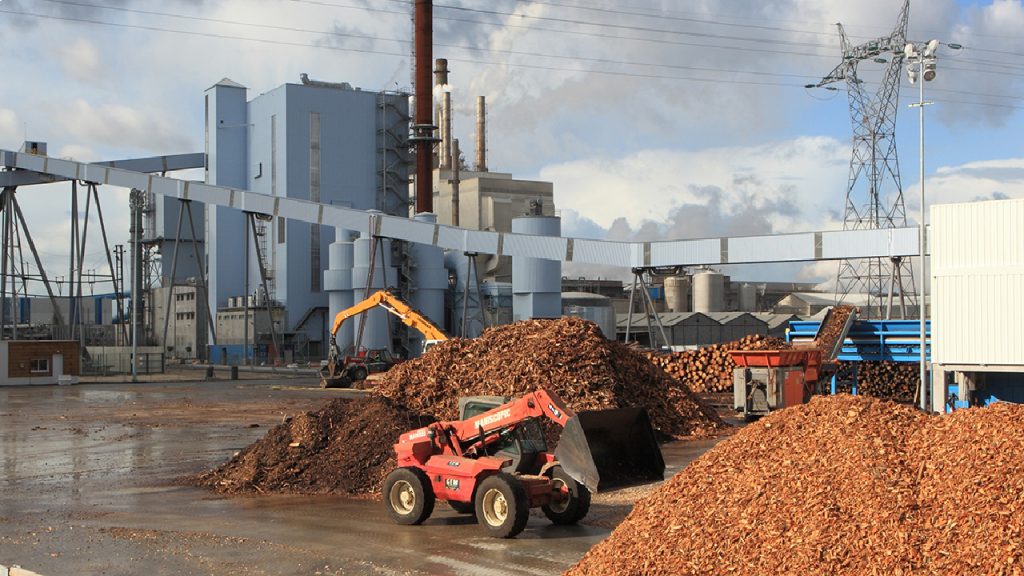
Geothermal: Energy can be produced from the heat stored in the liquids and minerals beneath the Earth’s crust. Workers drill mile-deep wells into underground reservoirs to capture the geothermal energy contained in the steam and hot water. They then turn turbines attached to electricity generators with this steam and hot water.
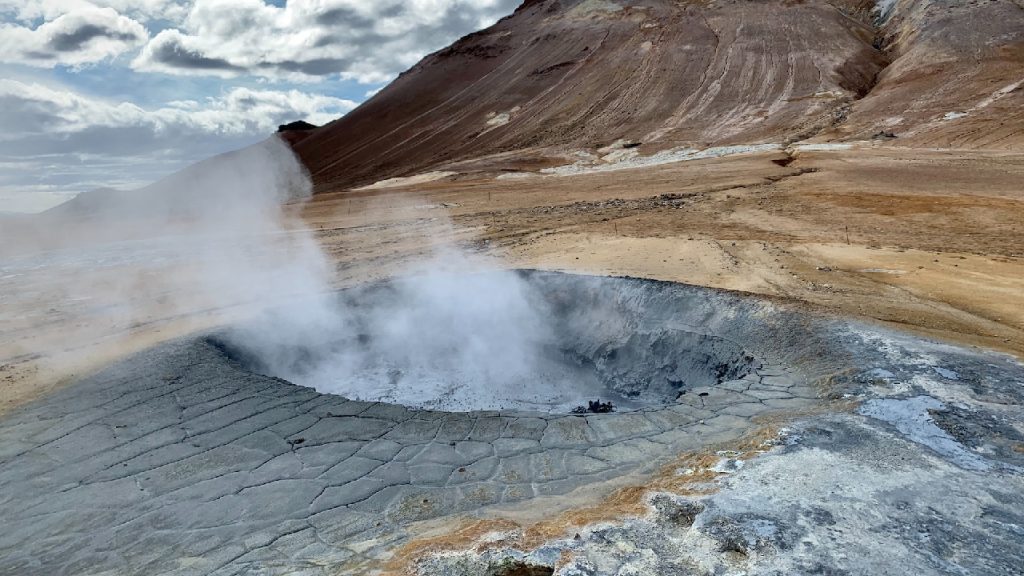
What are the advantages of using green energy?
The best part of green energy for many individuals and institutions is that it is less damaging to the environment. Wind and solar energy are two excellent choices for reducing harmful greenhouse gas emissions. While it might not be feasible to build wind turbines on residences, we can select utility companies that offer green energy.
Due to its far lower contribution to air and water pollution, green energy is also healthier for our physical health. The World Health Organization estimates that household and ambient air pollution kills 4.2 million people a year. The majority of these fatalities took place in low- to middle-income nations, particularly in Southeast Asia and the Western Pacific.
In light of this, we must put more emphasis on renewable energy sources, which harm the environment less than their non-sustainable equivalents, particularly in less developed nations.
In comparison to fossil fuels, green energy sources like wind and solar electricity are much more sustainable. By offsetting oxide, nitrogen dioxide, and sulphur dioxide emissions, they prevent serious health problems. In the United States, almost 500,000 people will be employed by renewable energy in 2021.
The ability to harness renewable energy from natural resources without depleting them over time is another advantage of green energy. As long as the sun is shining, the wind is blowing, and there are lakes, streams, and rivers to draw power from, there will be sources of renewable energy available. Location affects the consistency and dependability of each resource; For instance, the United States is better adapted to produce solar power than other nations that receive less direct sunlight. According to this, breezy regions like the plains and the coast will probably produce more electricity from wind farms.
Why is an energy source considered green?
When it comes to greenhouse gas emissions during energy production and usage, an energy source must be zero, low, or neutral to qualify as green energy. A green energy source with zero greenhouse gas emissions is exactly what it sounds like—no greenhouse gases are produced while the energy source is being produced. Using an energy source with no net greenhouse gas emissions, such as biomass, results in some greenhouse gas emissions. The fact that the biomass absorbs carbon dioxide as it grows offsets its emissions. In contrast to burning coal or natural gas, an energy source with low greenhouse gas emissions will still produce some greenhouse gases, but the quantity may be very small.
Which source of energy is the cleanest?
The least harmful energy source is wind because it lessens our dependency on fossil fuels and the quantity of harmful CO2 that pollutes the atmosphere.
Wind power requires less external input than other renewable energy sources. For instance, installing wind turbines instead of thermal power plants saves billions of gallons of water annually because they don’t use water to generate electricity. Almost 103 billion gallons less water were used at existing power plants last year as a result of wind energy production. The only offshore energy source we can install and sustain is a wind turbine. Offshore wind farms offer a priceless opportunity for harnessing strong maritime winds without upsetting surrounding communities.
While direct pollution is important to be aware of, it’s also crucial to keep in mind the indirect pollution that energy sources might produce. For instance, geothermal energy is a resource that is sustainable and produces renewable energy, but it also requires energy to be harnessed, which may originate from nonrenewable sources. If the employees use gas-powered vehicles to get to work, one may also take into account the emissions the vehicles produce.
Is nuclear energy green?
Because it emits no greenhouse gases during the energy generation and operating processes, nuclear energy can be regarded as green energy. Nevertheless, there is persistent skepticism over the safety of nuclear waste and its storage. Natural disasters or inappropriate handling, disposal, or storage of nuclear waste can release dangerous substances into the environment (think: tsunamis or hurricanes). However, some types of nuclear waste can take a very long time to degrade to the point where their radioactivity is dangerous to people, animals, and plants. For these reasons, some individuals are apprehensive to group nuclear energy with wind, solar, and hydropower. But, if you only consider the numbers, specifically the quantity of greenhouse gases it generates, it might be seen as green energy.
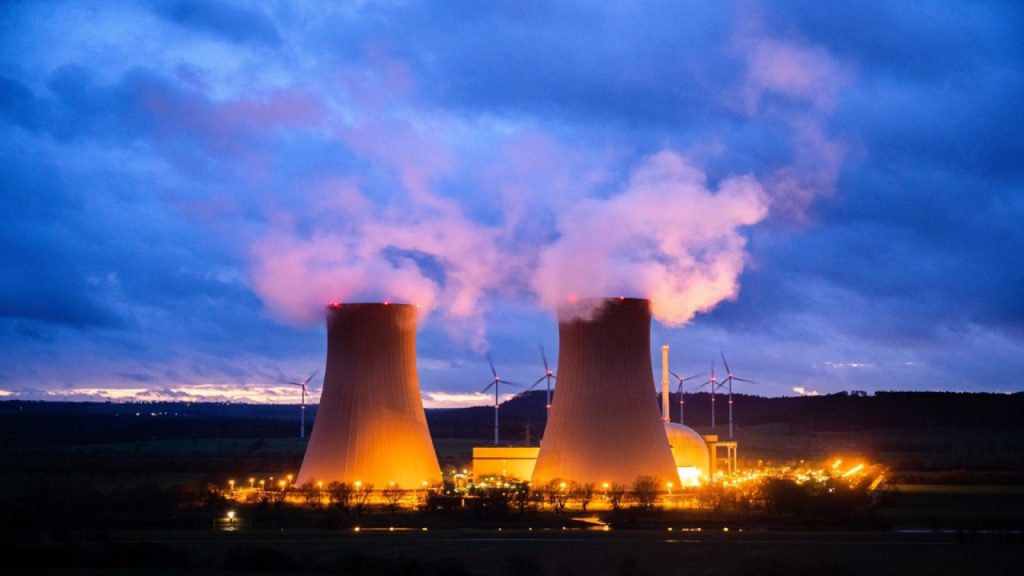
Nuclear energy has the benefit of producing enormous amounts of energy from a very small area of land. In the United States, operating a nuclear station that generates 1,000 megawatts of energy requires around one square mile. To produce the same amount of energy, a solar plant would require 75 times as much space as a wind farm. Due to its extremely dense output, nuclear power also has the advantage of being energy efficient.
What negative aspects of green energy exist?
Nuclear energy has the benefit of producing enormous amounts of energy from a very small area of land. In the United States, operating a nuclear station that generates 1,000 megawatts of energy requires around one square mile. To produce the same amount of energy, a solar plant would require 75 times as much space as a wind farm. Due to its extremely dense output, nuclear power also has the advantage of being energy efficient.
What negative aspects of green energy exist?
Although the use of renewable energy has increased exponentially over the past few decades, there are certain negative aspects of green energy that need to be taken into account.
Below is a list of some of those drawbacks
Unreliability: Certain renewable energy sources require specific weather and atmospheric conditions to operate. Hydroelectric dams require enough precipitation to fill the dam and maintain a steady flow of water. The blades of a wind turbine must be moving in the wind at a minimum wind speed. To produce power, solar panels need clear skies and plenty of sunshine. Also, solar energy cannot produce electricity at night.
Lower efficiency: More work needs to be done to increase the efficiency of renewable energy in harnessing energy and transforming it into electricity. As a result, some renewable energy sources can be quite expensive to install and maintain, which deters businesses and governments from making investments.
Space: Renewable energy sources require more room to create energy than other energy sources do. To generate about 20 megawatts of power, solar energy can cover approximately 100 acres with solar panels. Comparatively, while a solar plant of the same area would only have 200 megawatts, a nuclear facility the size of 650 acres may generate roughly 1,000 megawatts of electricity. The area needed for a two megawatt wind turbine is 1.5 acres.
Storage costs can be high: Batteries are frequently used to store renewable energy. One battery alone might cost between $10,000 and $25,000.
The generation capacity remains low: Our energy needs cannot yet be satisfied by the capabilities of renewable energy production. There may come a day when the building of new and more renewable energy plants will be able to keep up with our need for energy as renewable energy technologies advance and energy consumption falls as a result of more energy-efficient devices, appliances, and lights. We won’t arrive there just yet; until then, a sizable amount of our energy will still come from fossil fuels and nuclear power.
Green energy is necessary for the future, but much more work needs to be done before renewables can become our main source of energy.
Which green energy source is the best?
It is challenging to choose the best green energy source. Due to its efficiency in terms of energy and space, some experts claim that nuclear power is the best. Some would argue that hydropower is the best because it is the world’s largest provider of renewable energy. Finding the best green energy source is less crucial than realizing the value of green energy and its significance for our future energy requirements.
Why is green energy necessary?
The fact that green energy emits little or no greenhouse gases makes it crucial. Lowering greenhouse gas emissions will reduce air pollution and aid in halting the catastrophic impacts of fossil fuels on climate change. In addition to reducing our reliance on imported fuels, green energy enables us to diversify our energy supply. Green energy investments also lead to the creation of jobs, particularly for the upcoming workforce.
What is a green energy plan?
Green energy is energy produced from renewable resources. Residents therefore use a green energy plan to access renewable energy at home. You can access renewable energy for a set monthly fee by joining any green energy provider. Several plans may be available from various energy providers. You must look for a local provider who offers a green energy package that suits your needs.
Does green energy fit my needs?
Green energy is probably the best option for you if you’re interested in employing resources that are healthier and last longer because green energy sources are much better for the environment.
Each year, resources like wind electricity become more affordable. By 2025, electricity produced from onshore wind or solar power could be delivered for half as much as electricity produced by gas-fired power plants, according to a U.K. renewable energy assessment. Utility providers can frequently give clients set energy pricing for up to 25 years as a result of this cost reduction, protecting them from volatile fuel prices.
The implications for customers
More people will have access to clean energy as wind energy usage increases. For customers, it means stable and predictable costs as well as the awareness that we are helping to lessen the demand for energy sources that are bad for the environment.
As an Inspire member, you may obtain renewable energy for a set fee and lower the carbon emissions from your house.
Follow and Connect with us: Twitter, Facebook, Linkedin, Instagram







